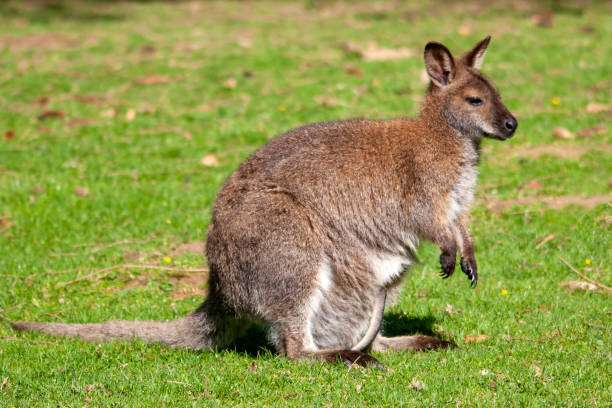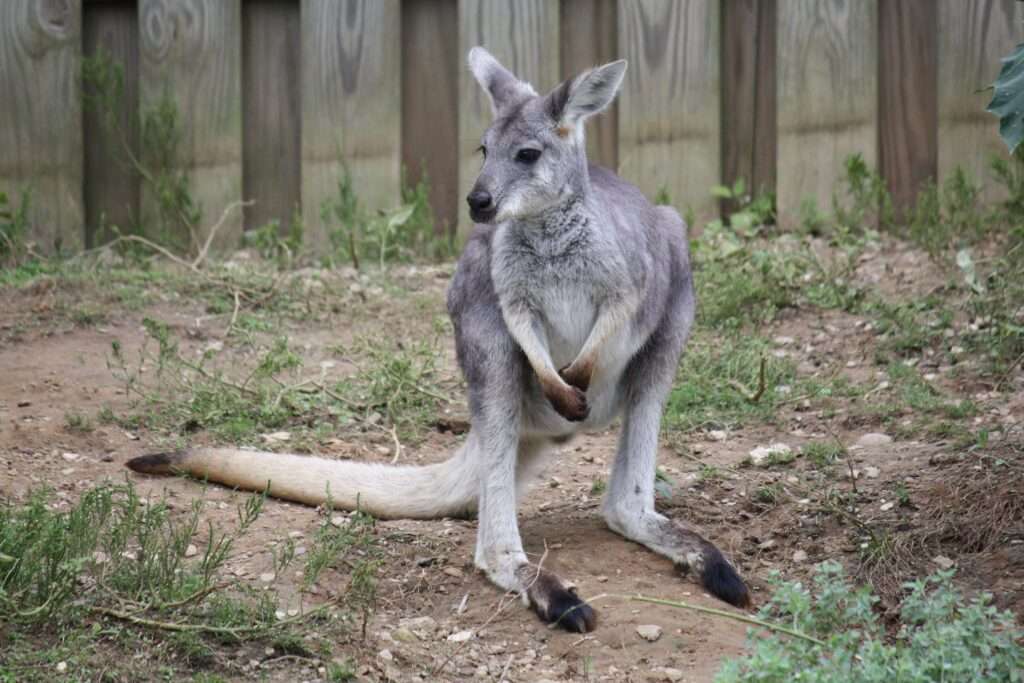
Description
Scientific name: Petaurus breviceps
Life span: 10-15 years ( captivity)
Sugar gliders are adorable, fascinating, lively, and curious creatures who have recently acquired popularity as exotic pets. They may resemble rodents, they are tiny marsupials related to koalas and kangaroos. The sugar glider has a long, somewhat prehensile tail and a body that resembles a squirrel. The size of an adult sugar glider is about 9-12 inches and it weighs around 114- 115 grams. It exhibits sexual dimorphism, with males often being bigger than females. The sugar glider’s thick, supple fur is typically blue-gray, however, some have been reported to be albino, yellow, or tan. A black stripe can be seen from its own nose to the middle of its back. Its chest, neck, and belly are all cream-colored. They have a gliding membrane that aids in their ability to move between trees. This thin, skin-like tissue spans from the front to the hind limbs just like wings.
Native Region/Habitat
Sugar gliders may be found in coastal forests across southeastern Queensland and much of New South Wales. In the eastern ranges, their range reaches 2000 m in elevation.
As Pet

Behavior/Temperament
Sugar gliders are friendly creatures who engage with both their owners and other sugar gliders. They enjoy and need attention because of their loving and fun personality. It’s better to have two or more sugar gliders for providing company. It’s normally best to have two or more sugar gliders, ideally a male and a female, as they are social creatures. They must be kept separate from the rest of the household pets of other species, like cats and dogs, as they might hurt one another.
To develop a close relationship with your glider, regular human engagement is important. A simple method to interact with a sugar glider throughout the day is to let it ride in your shirt pocket or a purse that hangs around your neck. It may take some time for your glider to get cuddly with you if it is not used to being handled. In general, sugar gliders are peaceful pets, but they can bite if they feel unsafe or scared. It’s important to handle them carefully and with a lot of patience.
Care/Grooming:
Sugar gliders seldom, if ever, shed. Unless their fur starts to seem untidy, you shouldn’t be concerned about it; in that case, a trip to the veterinarian is advised. You won’t need to give your sugar glider a wash because they are wonderful groomers. They spit into their palms to literally wash. Although they are ordinarily pretty clean pets, sugar gliders often cannot be trained to use the toilet. Once you’ve put up their enclosure, keeping it clean isn’t too difficult. Social interaction and having a healthy diet are their top care priorities.
Table





